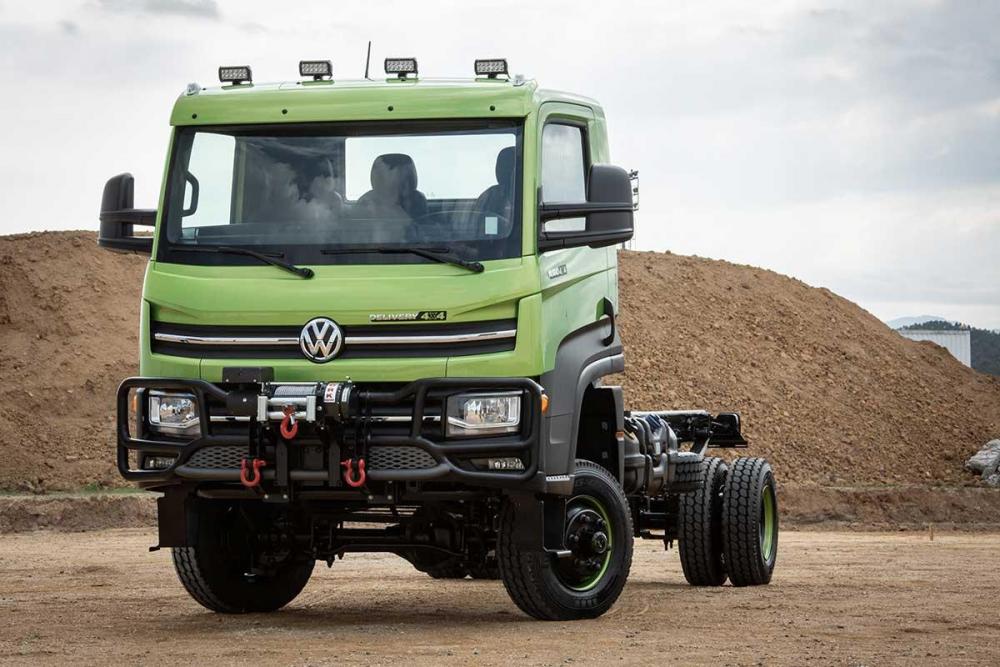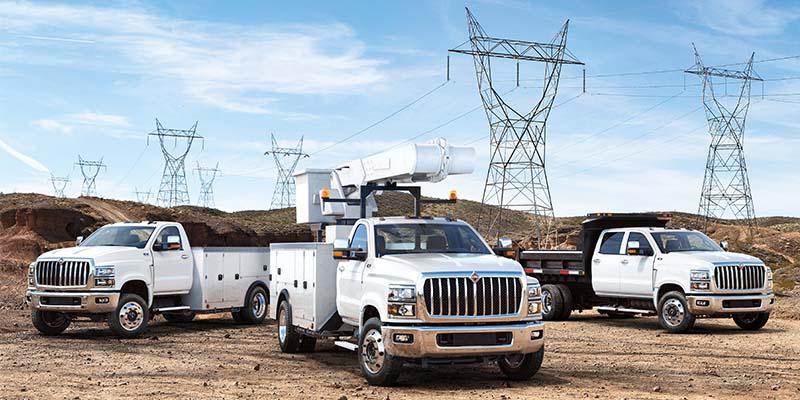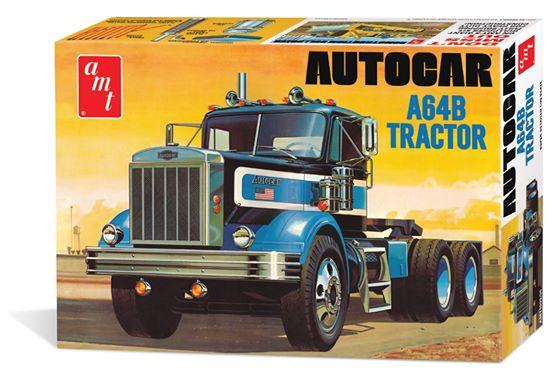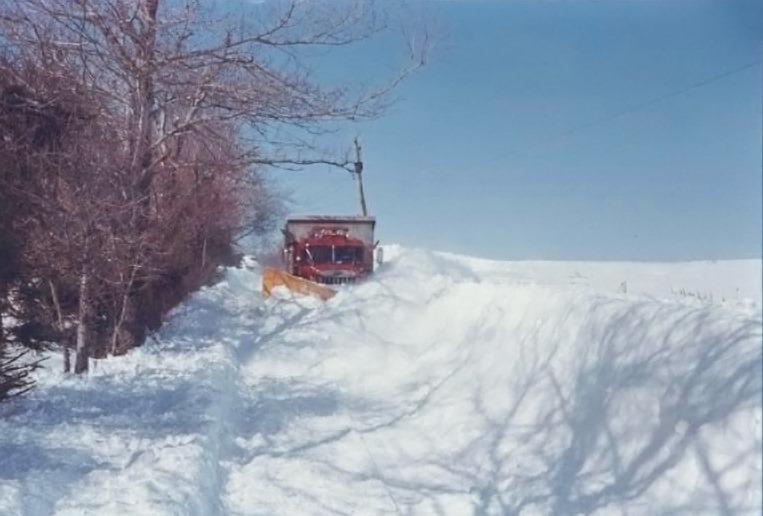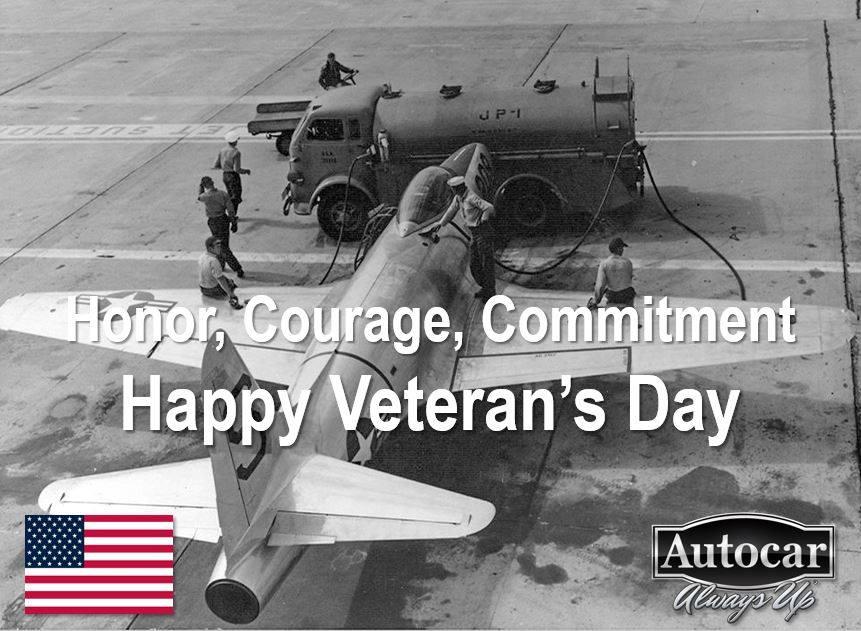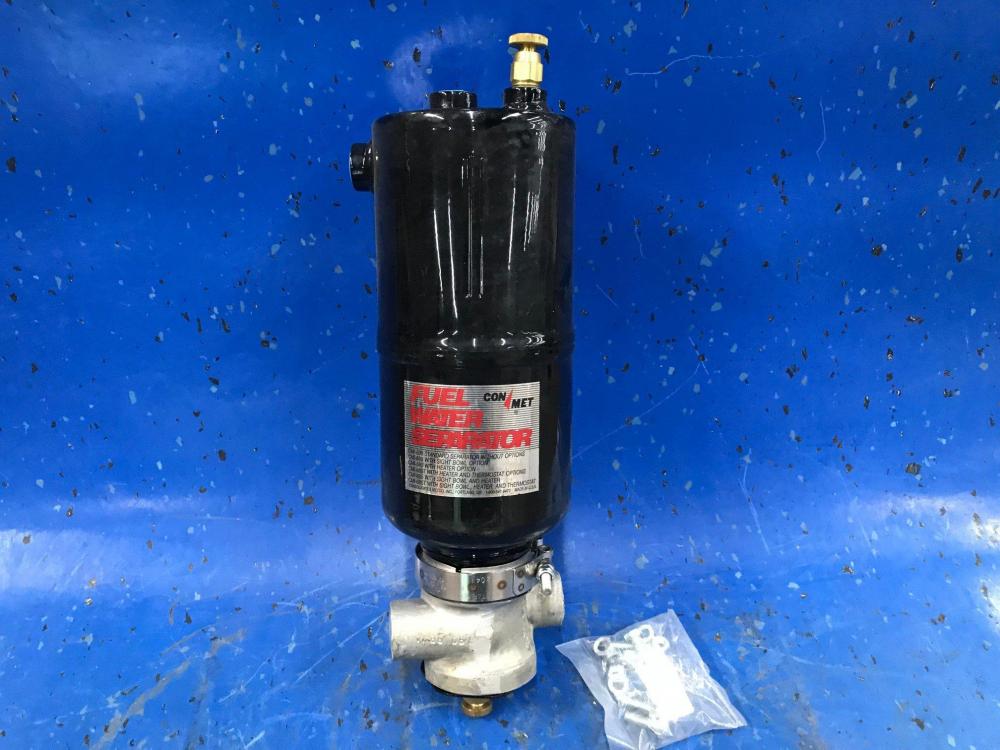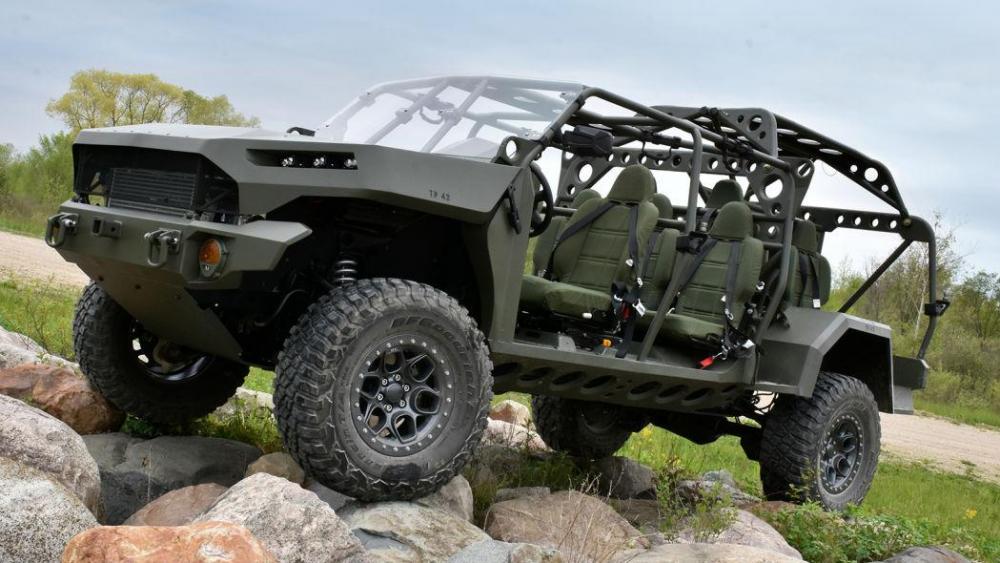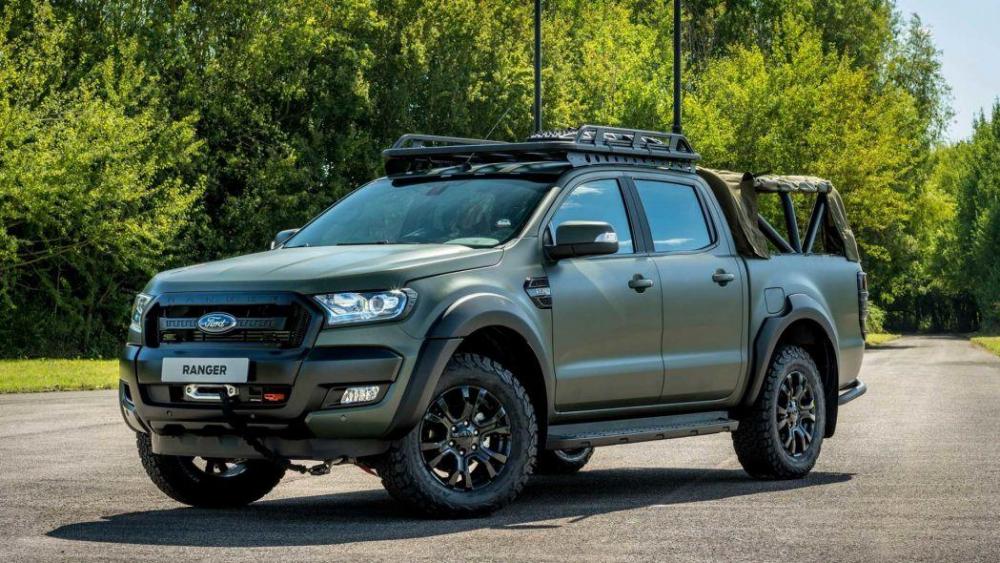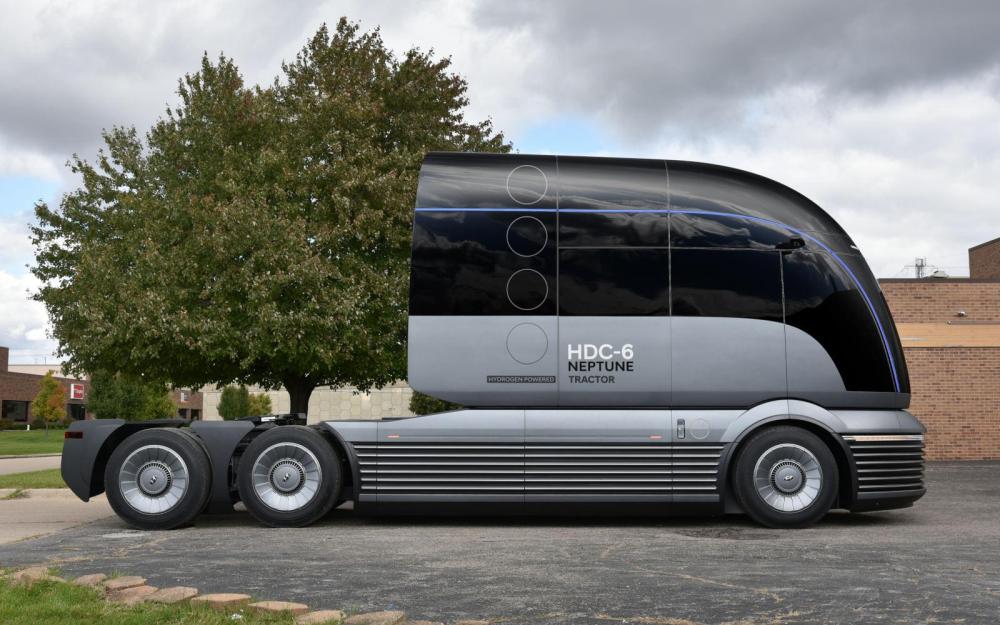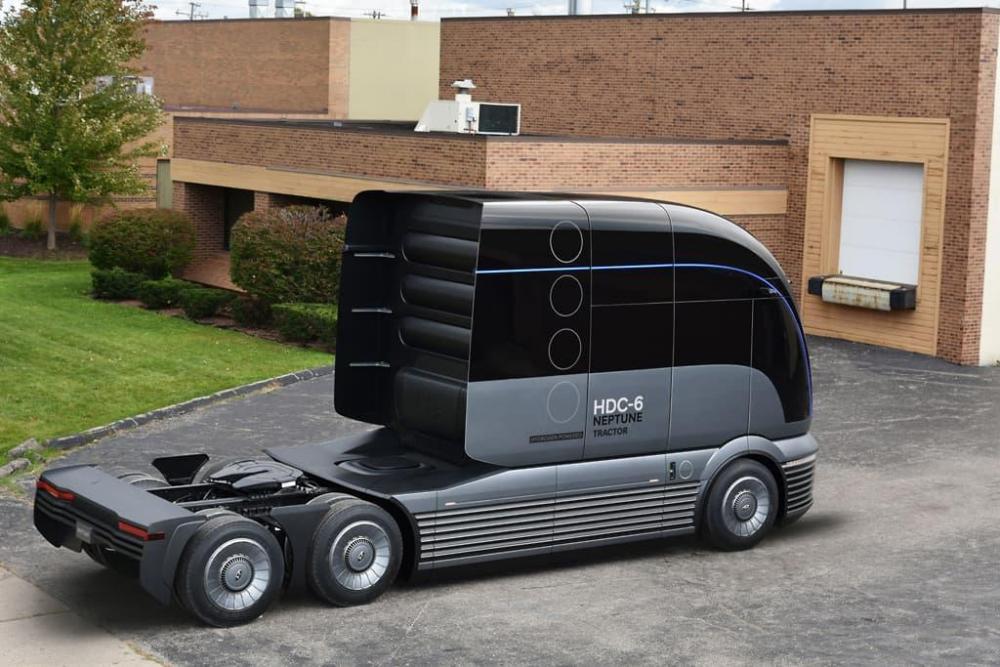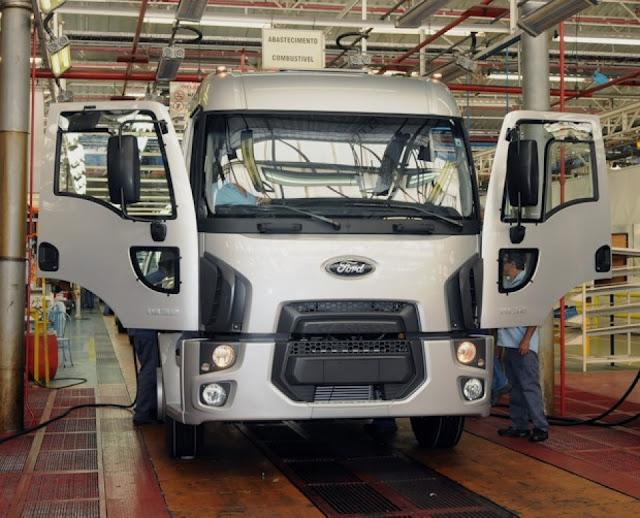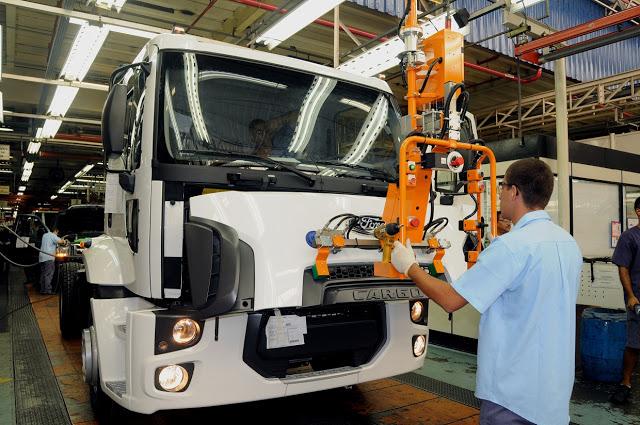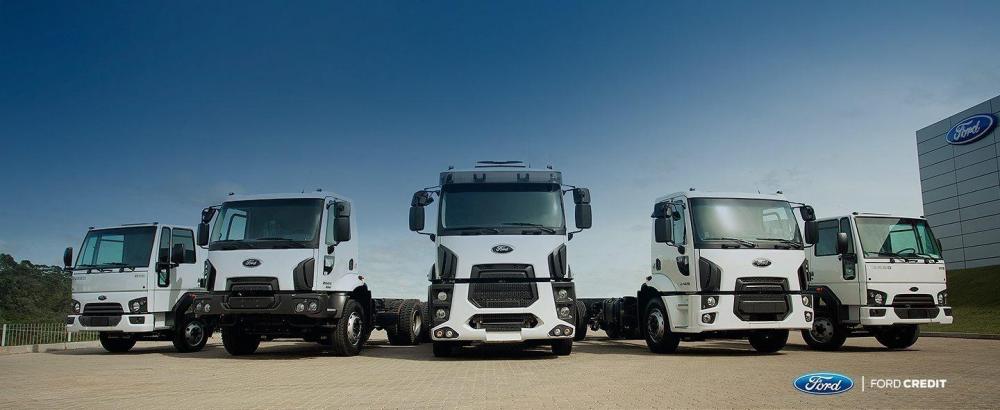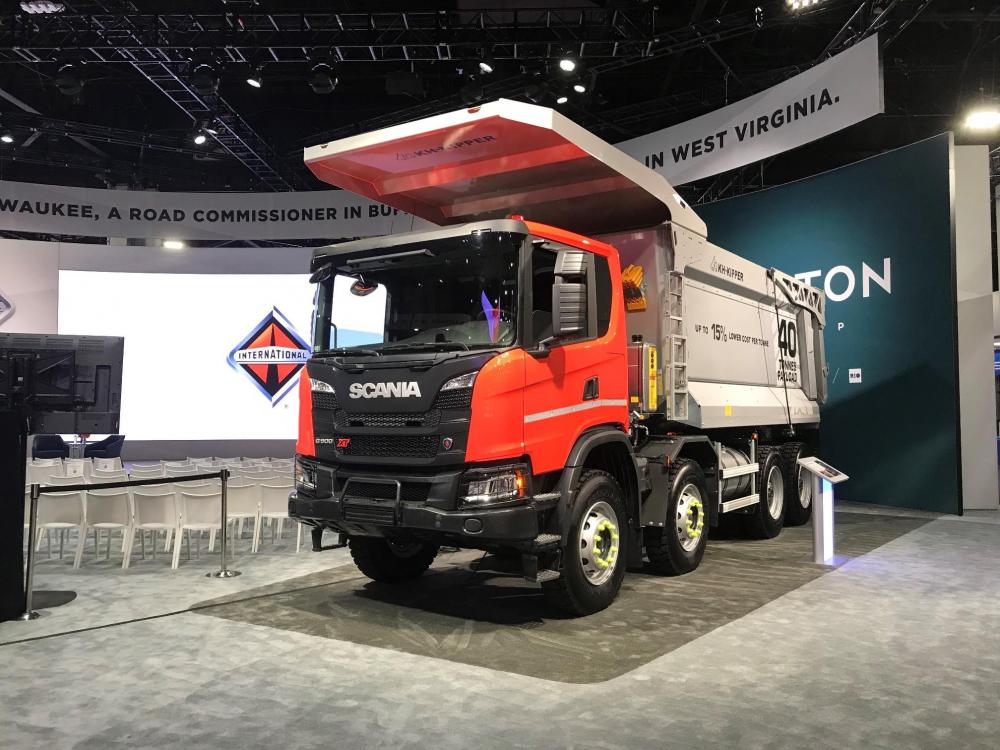
kscarbel2
Moderator-
Posts
18,896 -
Joined
-
Days Won
114
Content Type
Profiles
Forums
Gallery
Events
Blogs
BMT Wiki
Collections
Store
Everything posted by kscarbel2
-
Volkswagen launches all-new Delivery light truck range
kscarbel2 replied to kscarbel2's topic in Trucking News
-
Navistar to resume production in Springfield on Monday
kscarbel2 replied to kscarbel2's topic in Trucking News
UAW Strike Costs Navistar Millions in Revenue Due to Production Delays Heavy Duty Trucking (HDT) / November 13, 2019 Navistar International announced that the six-week strike of the United Auto Workers union at General Motors has impacted the company’s ability to deliver about 5,000 vehicles to customers causing the company to lower fourth quarter revenue guidance. The company estimates that lost production due to the strike is expected to impact the company’s revenue and adjusted EBITDA by approximately $140 million and $15 million, respectively. "We are pleased that we have resumed production at our Springfield, Ohio truck assembly plant last week," said Walter G. Borst, executive vice president and chief financial officer, Navistar. "However, the shutdown of our Springfield plant affected our workforce and the delivery of certain units to customers. As a result, our 2019 full year revenue and adjusted EBITDA is now expected to be at the low end of our guidance range." The strike at GM affected the delivery of certain components to Navistar’s Springfield, Ohio truck assembly plant due to production shutdowns at GM facilities and affiliated suppliers. Navistar was forced to halt production at the Springfield plant on September 23, suspending production of GM-branded vehicles as well as Navistar’s own commercial trucks. On November 4, Navistar resumed production at its Springfield plant. The company’s decision to halt production at the Springfield plant impacted approximately 1,500 plant workers and the delivery of approximately 5,000 vehicles to customers. Affected vehicles included the cutaway model of GM's G Vans, Class 4/5 trucks, and other commercial vehicles. In late 2018, Navistar and GM signed a long-term agreement to develop and assemble medium-duty, conventional cab Class 4/5 commercial vehicles. The two companies also have an agreement under which Navistar manufactures the cutaway model of GM's G Van. . -
The other US market truckmakers could all learn something about sales marketing from.......Autocar.
-
Autocar Trucks is excited to bring back the awesome Autocar A64B Tractor model by AMT. This is the original kit from the 1970s, with over 250 detailed parts scaled from the original Autocar blueprints. Now molded in white with an expanded decal sheet, vinyl truck tires, Cummins NHC-250 6-cylinder diesel engine, optional fog and driving lights, and much more. http://www.autocar-gear.com/Details.aspx?itemNo=S-AC-031 .
-
Once upon a time, we actually enjoyed privacy
kscarbel2 replied to kscarbel2's topic in Odds and Ends
Project Nightingale: Google accesses data of millions of US patients…..without permission BBC / November 12, 2019 Google has gained access to a huge trove of US patient data - without the need to notify those patients - thanks to a deal with a major health firm. The scheme, dubbed Project Nightingale, was agreed with Ascension, which hopes to develop artificial intelligence tools for doctors. Google can access health records, names and addresses without telling patients, according to the Wall Street Journal, which first reported the news. Google said it was "standard practice". [?????] Among the data the tech giant reportedly has access to under the deal are lab results, diagnoses, records of hospitalisation and dates of birth. Neither doctors nor patients need to be told that Google can see this information. The Wall Street Journal reports that data access began last year and was broadened over the summer. Ascension, which runs 2,600 hospitals, said the deal would help it to "optimise" patient care and would include the development of artificial intelligence (AI) tools to support doctors. The company also said it would begin using Google's cloud data storage service and business applications known as G Suite. Privacy concerns However, Project Nightingale has already attracted criticism from those who argue that it takes away patients' control of their own data. "There's a massive issue that these public-private partnerships are all done under private contracts, so it's quite difficult to get some transparency," said Prof Jane Kaye at the University of Oxford. "Google is saying they don't link it to their other data but what they're doing all the time is refining their algorithms, refining what they do and giving them[selves] market advantage." In the UK, Google's AI-focused subsidiary DeepMind was found to have broken the law when it failed to explain properly to patients how their data would be used in the development of a kidney disease app. -
Did it snow yet where you live? We got hit at our factory in Indiana, but not like this. Autocar fan David Monteith shared this photo of him driving his Autocar snow plow a few years back, just outside Philadelphia. #AutocarDC #AlwaysUp #SnowDay #WorkDay Always Up - Autocar Trucks .
-
Volkswagen launches all-new Delivery light truck range
kscarbel2 replied to kscarbel2's topic in Trucking News
. -
-
It's a Con-Met fuel/water separator. Good performer and trouble-free. I used to spec them. No longer in production. .
-
Cummins unveils the EGR-free X12 coach engine
kscarbel2 replied to kscarbel2's topic in Trucking News
Scania’s “SCR only” engines perform superbly and have proven trouble-free after years of operations. https://www.bigmacktrucks.com/topic/35958-scania-launches-new-450hp-engine-with-scr-only/ -
Transport Engineer / October 31, 2019 Cummins has unveiled the X12 engine, said to “redefine power efficiency” for touring and intercity coaches. Shown at the recent Busworld Europe event, in Brussels, the X12 delivers up to 474bhp and is certified to Euro VI Phase D regulations. The 11.8-litre engine weighs less than 920kg, thanks to a new lightweight sculptured engine block and use of high-strength composite materials for the oil pan and valve cover. A new in-cylinder combustion formula eliminates the need for exhaust gas recirculation. The EGR-free X12 lowers heat rejection by around 40% compared with that of similar engines using cooled EGR, says Cummins, allowing the full power potential of the X12 to be realised while meeting Euro VI D standards. Another key design objective, says Cummins, was to minimise friction losses throughout the engine, including the water pump, gear train, lube system and power cylinder. The X12’s fuel system is derived from the more powerful X15 engine, with Cummins injection technology enabling smooth and rapid engine response to increasing vehicle demands, while minimising fuel consumption. “The X12 will set a new benchmark in its class by providing unprecedented levels of performance for coaches in Europe and markets around the world as they transition to meet Euro VI equivalent emission standards,” says Brian Wilson, Cummins’ executive director for global bus business.
-
Commercial Motor / October 8, 2019 Why they can't live without a V8. .
-
AutoBlog / November 17, 2019 AM General just bandied its Jeep Gladiator Military-Grade Truck (MXT) at the Annual Meeting and Exposition of the Association of the U.S. Army a few days ago. Now, General Motors Defense presents its entry based on the Chevrolet Colorado ZR2 at the same gathering, while overseas, Ricardo worked a martial transformation on the Ford Ranger for the British Army. The GM Defense Infantry Squad Vehicle is competing to win an Army contract for 651 ISVs slated for production over the next five years. The contract specs call for a vehicle capable of carrying nine solders and gear at highway speeds in extreme conditions on and off-road, light enough to sling-load under a UH-60 Blackhawk helicopter, and with a footprint small enough to fit in a CH-47 Chinook helicopter. Starting with the Colorado ZR2 helps keep costs down, another cost-efficient measure being that 70 percent of the Colorado ISV's components come from the GM parts bin. Looking like a scaled-up side-by-side, engineers turned the Colorado into a giant roll cage with skid plates, powered by the 2.8-liter diesel four-cylinder with 186 horsepower and 369 pound-feet of torque, shifting through a six-speed automatic. Underbody plating shields everything from the engine to the front and rear mounts for the long-travel Multimatic DSSV dampers. Proving out dynamic prowess off-road partly explains Chevrolet Performance having run more than 10,000 racing miles in the Best in the Desert series. Nine troops grab two seats in front, three in the second row, two-rear facing seats in a third row, and two more outward-facing seats in a fourth row at the back, behind the rear axle. Their gear gets stowed in the space between the third and fourth rows, strapped to webbing that forms the roof over the ostensible cabin, or slung from the numerous gusset apertures through the roll cage structure. The Colorado prototype will compete with similar looking entries from Oshkosh/Flyer Defense and SAIC/Polaris on the contract expected to be decided next March. And for any who wonder, the SAIC in question is an American company, Science Applications International Corporation, headquarted in Reston, Va. The Army has already awarded all three entries $1 million prototyping contracts to develop their ISVs ahead of the contract deadline, with testing to begin next month at the branch's Aberdeen Proving Grounds. Meanwhile, over the pond, Ricardo took Europe's bestselling pickup, the Ford Ranger, and turned it into a prototype "general purpose utility vehicle for defense, policing, security and rescue services roles." The English engineering firm already makes the Land Rover Defender 110-based Weapons Mount Installation Kit (WMIK) and builds the General Dynamics Foxhound in use by the British Army. The same Polaris Government and Defense that's working with SAIC on the U.S. Army ISV provided assistance on development work. For the Ranger, Ricardo started with the 2.0-liter EcoBoost diesel Ranger putting out 210 hp and 368 lb-ft. shifting through a 10-speed automatic. From top to bottom there's a ring-mounted weapon system in a roll cage over the bed, similar to that on the WMIK, armored glass, four-point harnesses for all occupants, lightweight yet heavy-duty bumpers, rock sliders, NATO infrared reflecting (IRR) paint, ballistic underbody armor for the radiator, engine, and fuel tank. The 24-volt electrical system's been upgraded to provide reliable power and electromagnetic compatibility for operational theaters. The bed holds at least seven jerry cans, and options include rollover protection and beefier suspension, brakes and wheels. .
-
Hyundai's Hydrogen Semi-Truck Concept Is Built to Take on Tesla
kscarbel2 replied to kscarbel2's topic in Trucking News
-
Dieciocho Ruedas / November 8, 2019 What had been announced at the beginning of the year on a surprise basis, Ford in Brazil closed truck production at its San Pablo-Brazil plant on October 30. This is how 52 years of uninterrupted truck production ends in this factory, a former Willys Overland plant. Ford had already made the decision, in the process of deep global restructuring, to try to make the company profitable again. For this reason, plant closures and model cuts have occurred on all continents. Ford's San Pablo factory was famous because off its lines also came vehicles such as the successful Ford Ka (original) and the new Fiesta. Ford's goal in Brazil is to get out of the trucking business, to focus on highly profitable and lucrative vehicles for the brand. However, CAOA is working with the government of San Pablo to keep the plant open, producing Ford trucks under license. This news is not yet officially confirmed but, it is known that CAOA signed an agreement for an acquisition process. But in recent weeks there is a silence that only installs doubts. On October 30, production of Cargo, F 4000 and F 350 trucks came to am end in Brazil, with only about 650 workers remaining, of the nearly 3,000 it had. With this decision, Ford seeks to reconvert truck dealers to selling SUVs and Ranger pickups. Still there is also a strong rumor in Brazil that Ford will not continue local truck production as Ford trucks could be imported from Ford-Otosan in Turkey. This goes hand in hand with the Bolsonaro proposal, of greater openness to the world reducing import tariffs to those you saw extra Mercosur, lowering them to 12%. With the closure of this plant closes a history of almost 100 years of presence of Ford trucks throughout South America... .
-
Scania Group Press Release / October 28, 2019 Scania and Navistar intend to study a mutually beneficial relationship to cooperate in providing vehicles and services for mining operations in the Canadian market. The parties plan to bring a limited number of Scania heavy duty off-road trucks for trials by selected operators in late 2020. The cooperation entails using Scania’s deep knowledge of mining vehicles, consulting services and lean operational support in combination with Navistar´s dealer network, after sales and service capability. The aim is to provide world-class customer support to global customers in the mining sector and trucks for heavy haul, general goods transport, fuel delivery, water delivery and personnel transportation. Scania has a proven track record of providing high performance products and service solutions for mining operations. More than 10,000 Scania heavy duty trucks are in service in mining operations, for instance in South America and Asia. “Our trucks and services together with Navistar’s well-established international truck sales and service network have the potential to also make our cooperation a win-win for Canadian mining operators,” says Alexander Vlaskamp, Senior Vice President and Head of Trucks at Scania. “Demand from the mining market is changing,” said Persio Lisboa, Executive Vice President and Chief Operating Officer at Navistar. “Companies are exploring more sustainable solutions that improve worksite flexibility, increase uptime and reduce total operating costs. Working with Scania as a partner will help us rapidly achieve scale in addressing this unique market segment with comprehensive and powerful solutions.” Both parties will seek regulatory approval through the appropriate agencies in Canada to deliver the Scania trucks. The cooperation will builds on the existing fruitful strategic alliance between TRATON SE and Navistar, which was initiated in 2016 and has been gradually developed since then. .
-
Scania Group Press Release / November 7, 2019 Crash tests, though over in just a few seconds, are the result of months of careful planning. Crash safety is a part of Scania's DNA, which is why, at Scania, we have our own crash policy that is tough and comprehensive. .
-
FIA European Truck Racing Championship | Misano 2019
kscarbel2 replied to kscarbel2's topic in Trucking News
-
BigMackTrucks.com
BigMackTrucks.com is a support forum for antique, classic and modern Mack Trucks! The forum is owned and maintained by Watt's Truck Center, Inc. an independent, full service Mack dealer. The forums are not affiliated with Mack Trucks, Inc.
Our Vendors and Advertisers
Thank you for your support!


